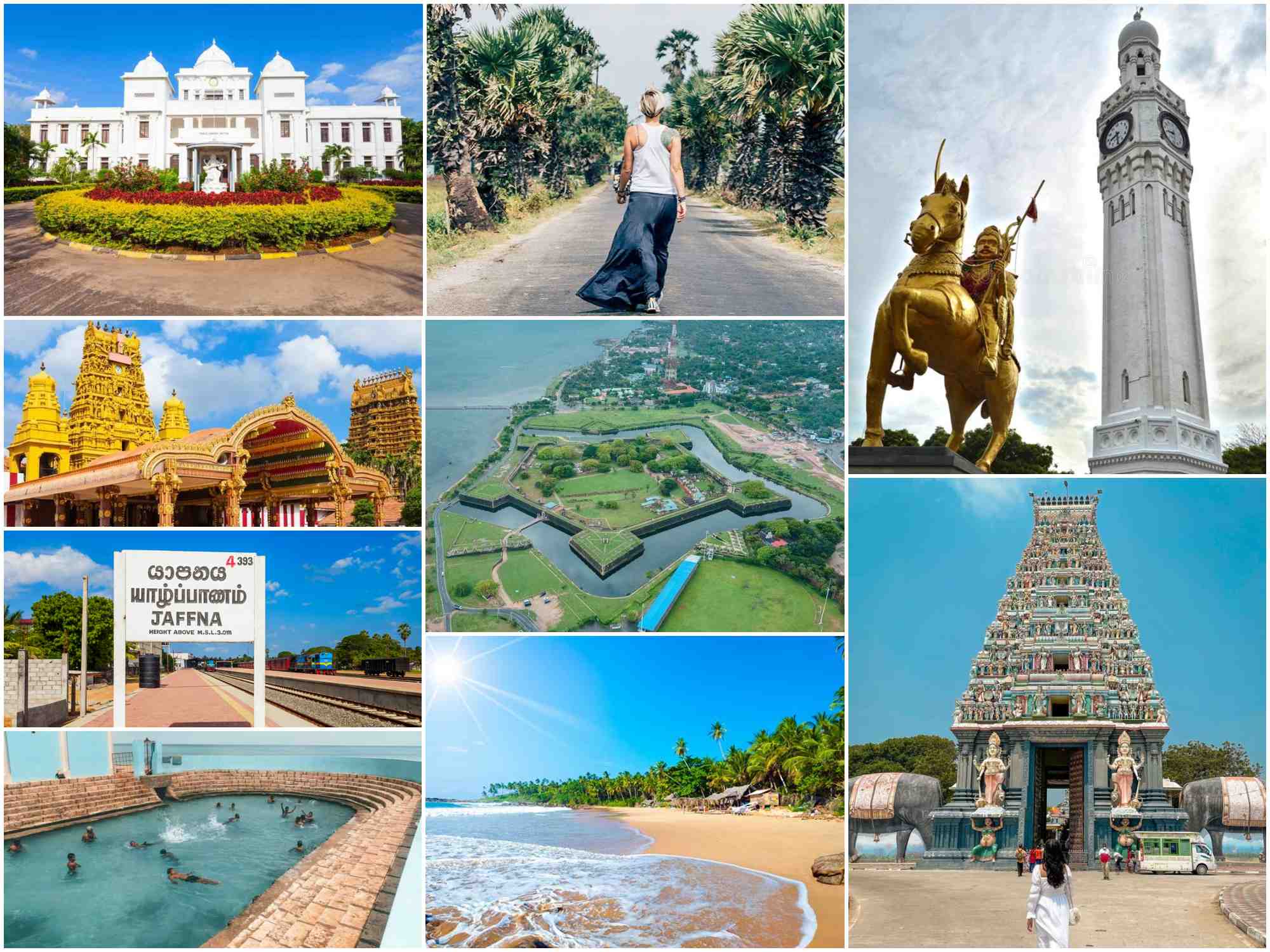
History
The North has always existed a bit apart from the rest of the island , even under colonial regimes the region remained highly autonomous. Jaffna, especially, has always been an important city.Jaffna is one of the defining moments on the path to war came in 1981 when a group of Sinhalese burnt down Jaff na’s library, seen as a violent affront to the Tamils’ long and rich intellectual tradition.
The war began two years later, and Jaffna continued to be a hotspot for violence throughout. The North became synonymous with violence – but also with peace: the war ended on the shores of Mullaittivu in 2009.
Why Go?
With towering, rainbow Hindu temples, colourful saris draped effortlessly over women on bicycles, and warm breezes carrying the sweet fragrance of fruit trees, the North is a different world. Here the landscape is arid and the sun is hot and tough, with coastlines and sparkling aqua water everywhere.
The light is stronger: surreal and white-hot on salt flats in the Vanni, bright and lucid on coral islands and northern beaches, and soft and speckled on Jaffna’s leafy suburbs and its battle-scarred centre. And of course there are the cultural diff erences. From the language to the cuisine to religion, Tamil culture has its own rhythms, and people here are proud of their heritage. It’s still tense up here, and conversations easily veer from Tamil history to the military presence. But for now, the focus is on healing, rebuilding and reviving the rich traditions of northern life.
Climate
The North is made up of two distinct areas: the low-lying Jaffna peninsula and its islands, and the vast Vanni, a flat scrubby
area. The region is extremely dry most of the year, except after the October–January northeastern monsoon, when the green erupts.
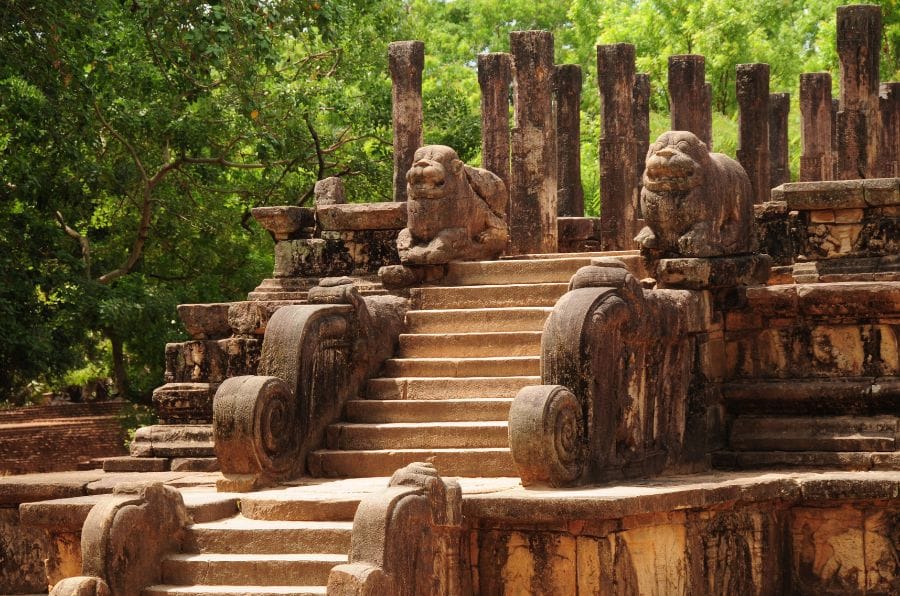
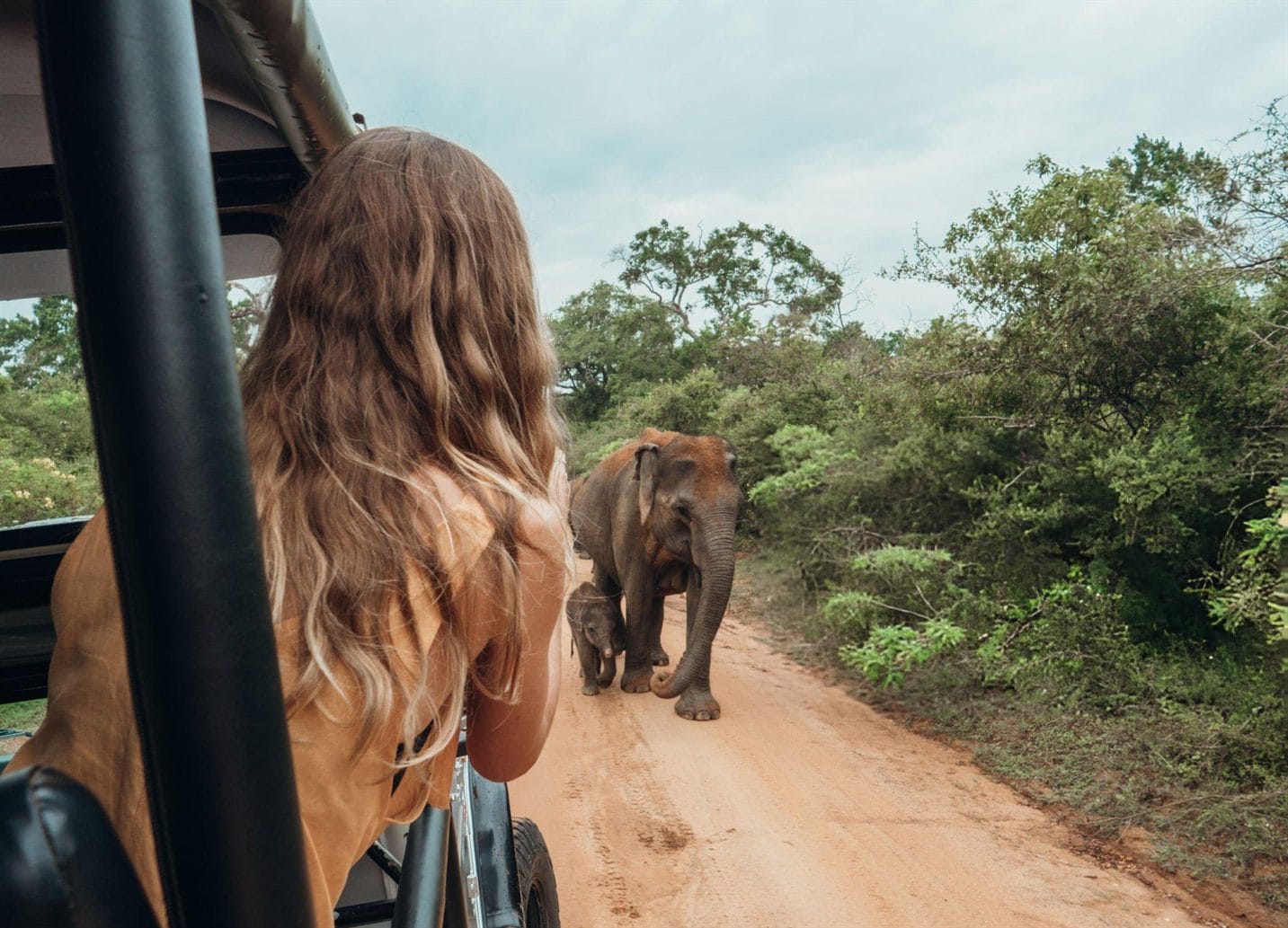
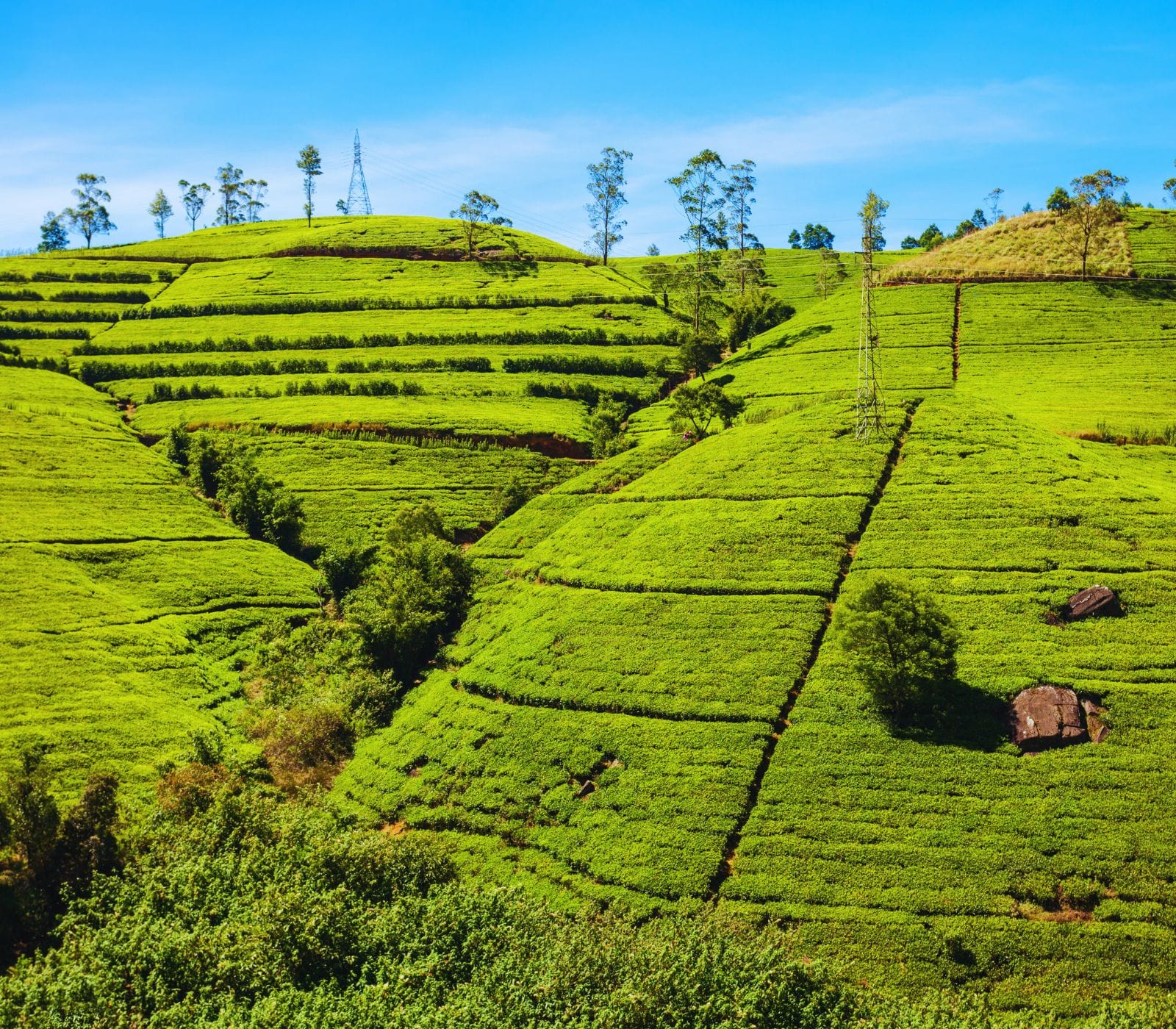
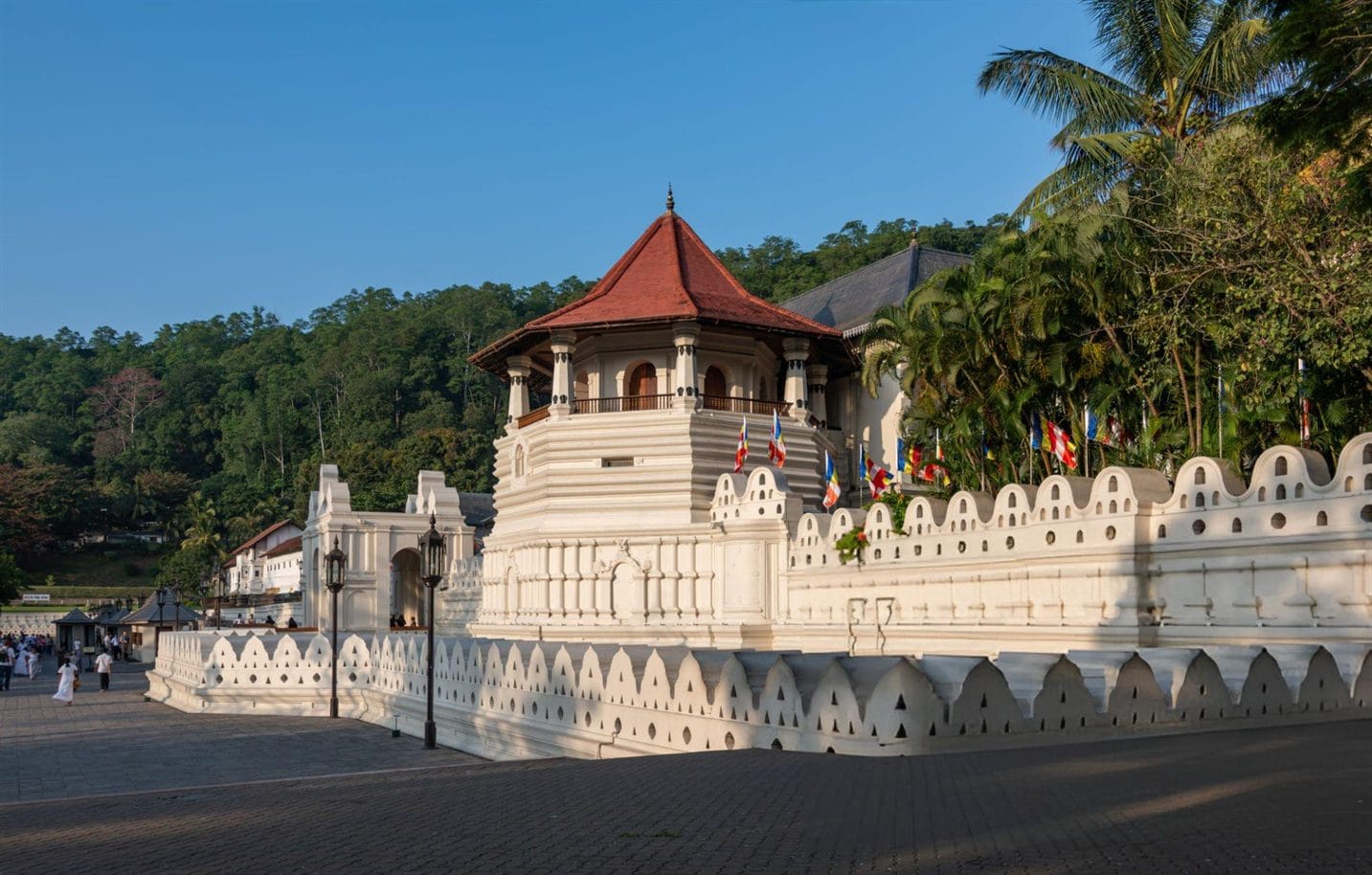
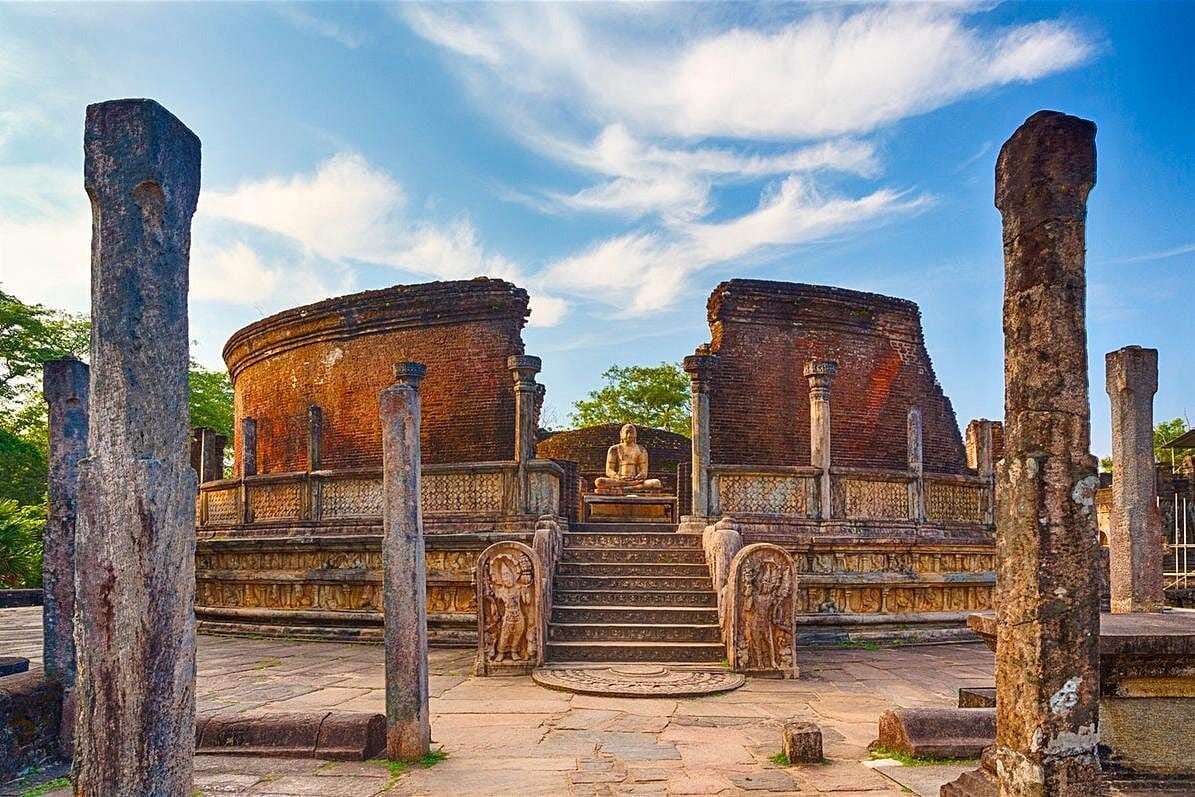



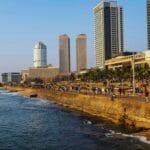

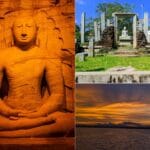
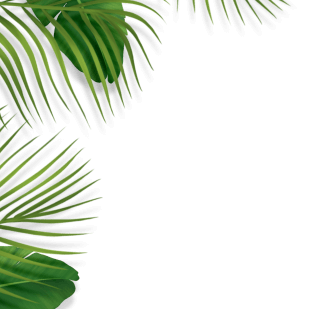
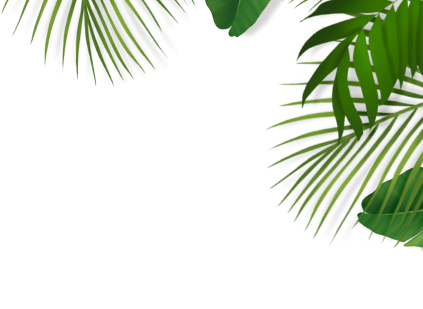
Leave a comment: